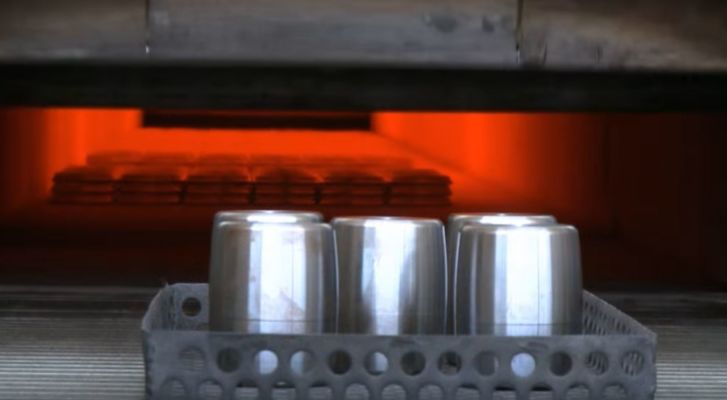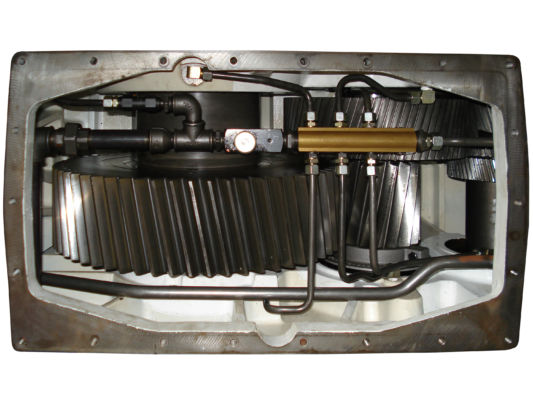Repower for more power
Repowering is the act of replacing older turbines with more modern ones while retaining part of the wind farm’s existing infrastructure. The desire to avoid expensive repairs may motivate operators to take this route – even if a turbine nearing the end of its warranty is still performing well. Reliability drops with age, so the probability of a major fault rises with each passing year. Furthermore, spare parts become more difficult to procure, which increases the cost of operations and maintenance (O&M).
As well as being more reliable and cheaper to maintain than their older counterparts, modern turbines are far more efficient. In fact, Denmark’s first repowering program, which replaced 1,480 turbines with just 272 new ones, saw capacity climb from 122 to 332 MW. Modern turbines also alleviate key social and environmental concerns: by running more quietly and slowly, they minimize noise pollution.
However, planning rules can change in the period between the initial installation of a wind farm and its proposed repowering. The exclusion area around turbines could expand, and communities may protest the introduction of larger machines. Furthermore, in an uncertain economic climate, operators often wish to avoid taking a risk on major investments.
Extend life, cut costs
In the face of restrictions or financial pressure, life extension provides an attractive alternative. The method involves the re-engineering and repair of existing wind turbines to prolong their service life. Although this does not address the risk of failure to the same extent as repowering, it does represent a smaller financial gamble. Moreover, it enables a turbine to achieve its full potential before being decommissioned.
Spanish renewable energy provider Gamesa has a specialized business unit offering lifetime extension services. According to Christian Jourdain, the company’s Head of Marketing and Communications, the approach can prolong a turbine’s operational life by up to 10 years. By analyzing and reconditioning large components, Gamesa also optimizes performance, increases wind farm net asset value, and reduces downtime and O&M costs.
Assessing the options
When it comes to making a decision on whether to repower a wind turbine or extend its life, operators must first familiarize themselves with the options. Both solutions have their pros and cons, and the best fit depends on individual circumstances. Repowering requires greater initial outlay but can prove lucrative, while life extension cuts costs but may not be as profitable in the long run.



